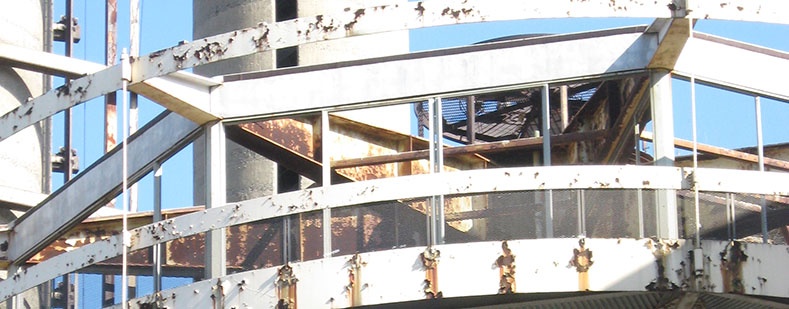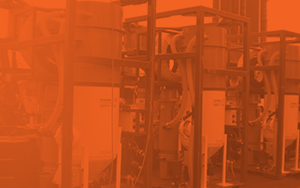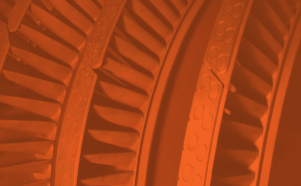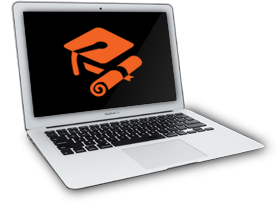Surface Preparation (or Surface Prep for short) is the process of cleaning and readying surfaces for new coatings. Due to varying attributes and performance characteristics of the many coating types, surface preparation requirements can also be unique from project to project. As a result, it’s very important to always read the coating specification and all coating technical data sheets.
Corrosion due to coatings failure costs billions of dollars per year worldwide. As coatings degrade, assets corrode requiring repair or replacement. Premature coating failure is often avoidable if proper surface preparation is performed. Generally speaking, the longer a coating lasts, the longer and more consistently the asset can be used without replacement or repair. To help ensure that coatings last, surface prep is key.
Below is a general guide for Surface Preparation:
1. Removal of Old Coatings
For most surfaces being completely recoated, it’s important to remove the old coating . When new coatings are applied over failed coatings, preexisting checking, peeling, flaking, or bubbling can continue under the new coating layer. By bringing a metal surface back to White Metal (SP-5, NACE 1, and Sa3), the asset is furthest from any state of corrosion, lengthening lifespan.
2. Removal of Surface Contaminants like Chlorides, Acids and Oils
Surfaces in industrial settings are exposed to maintenance products like motor oil, gear grease, and other industrial grade lubricants. These products keep equipment running at peak efficiency, but when not removed from surfaces that are being repainted, they can compromise the substrate and coating bond.
Chlorides build up on all surfaces from a variety of sources. One of the most common ways substrates accumulate chlorides is through the air. Proximity to the sea or other marine environments can dramatically increase the presence of surface chlorides. Chlorides increase the rate in which metals oxidize, decreasing the time needed for corrosion to permanently damage surfaces - an effect known as chloride induced corrosion.
It’s important to note that these contaminates are often invisible to the naked eye. Testing may be necessary to determine their presence on a surface.
3. Removal of Loose parts of the Surface
Before applying new coatings, it’s important to remove parts of the substrate that can flake or crumble. If the surface fails, the coating will fail. Abrasive blasting is one of the most efficient ways of removing anything loose from the substrate - from flaking paint or rust to small pieces of masonry that easily break away.
4. Accurately Profile the Surface
Nearly all coatings last longer when the surface they are being applied has been abrasive blasted and profiled. While the needed amount or size of profile varies based on specification, almost all coatings have increased pull-off adhesion test results on surfaces that have been properly profiled and full mechanical bond has been established. Frequently when a new coating is applied, it will require a new or different surface profile than what the original coating had. Without reprofiling the substrate to meet the specification, the coating’s bond may be less than ideal. Most coatings manufactures list abrasive blasting as the preferred method of surface preparation.
5. Ensure the Newly Prepared Surfaces are Dry
Coatings will have issues adhering to surfaces that aren’t dry. Pinholes can develop during the curing process if moisture is trapped between wet-applied coatings and their surfaces. As gasses from evaporation develop under the coating, small holes form. Some coatings are designed to have secondary layers that cover these pinholes, but moisture can interfere with drying time. Moisture present on a cleaned, bare metal surface can also cause flash corrosion. This flash corrosion can continue to develop under a newly applied coating.
Humidity can also be a factor. Check a coating’s specification to ensure that it can be applied in an environment that matches the area’s humidity levels.
Surface Preparation via dry abrasive blasting is the only method of cleaning capable of meeting criteria 1-5. For added cleanliness and contaminant removal, the use of Sponge Blasting may be necessary. Products employing both the use of abrasives and sponge, like Sponge Media, can further clean the substrate of surface contaminants while also profiling the surface.
For more information on Surface Preparation, download this Surface Prep Guide:









